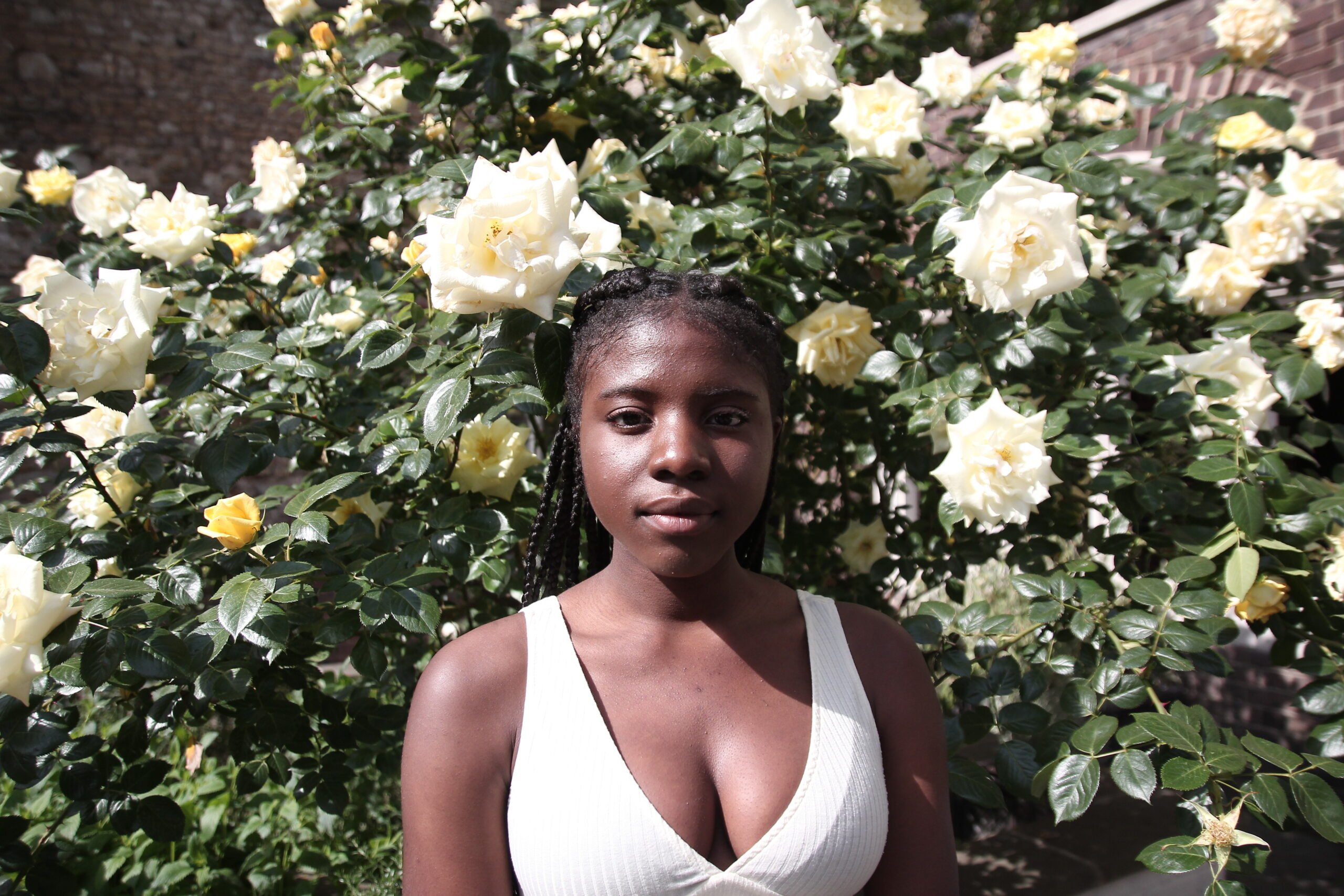Lavender marriages are going viral right now as Gen Z throws in the towel on modern dating

As a generation that has already redefined relationships, sex, and what counts as cheating, Gen Z is now reshaping traditional marriage. Instead of marrying for love that might fade into drama, or money that could vanish behind a prenup, Gen Z is tying the knot for platonic companionship. Think: someone to make you breakfast in the morning, drive you to and from the airport, binge The Kardashians with, zip your dress up, and investigate that weird noise late at night. Gen Z is essentially bringing back lavender marriages—but make it modern, make it relatable, and make it TikTok-approved.
What is a lavender marriage?
A lavender marriage, originally, is a marriage of convenience between two queer people, or a queer and a straight person, to hide the socially stigmatised sexual orientation. In the West, it is frequently done for religious reasons, or to preserve reputations, careers, and public images.
@afreakingmaya Like take me homme plzzz 🧍🏽♀️#lavendermarriage #lgbtq
♬ original sound - ¯\_₍⸍⸌̣ʷ̣̫⸍̣⸌₎_/¯
@sprucewoodboys Lavender marriage on the compund anyone?
♬ original sound - SprucewoodBoys
“I’m in a loving relationship with my husband but if stuff starts getting a little too like Project 2025 are there two women that would be interested in, like, a lavender marriage?” content creator Manny asked in a video that quickly reached viral heights.
“Just think about this for a second; four full-time incomes could yield a very nice house, right? A decent-sized house, wonderful vacations, (…) perhaps some children down the line. I don’t know whatever else you think you might need, but a lavender marriage sounds good.”
Of course, Manny was mainly talking about the uncertain and potentially dangerous future the LGBTQAI+ community faces, following Donald Trump’s election win in November.
The Project 2025 manifesto calls for removing all federal regulations prohibiting discrimination for sexual orientation and gender identity to “support the formation of stable, married, nuclear families.” This directly targets LGBTQAI+ identities and lives to strengthen and reinforce heteronormative systems.
Yet, Manny’s strange call to focus on companionship, quality of life, and platonic support seems to have resonated with many young women who have experienced the harsh, unforgiving, and desert-like landscape of modern dating.
Many of them have had enough of it, to the point where they want a marriage just to enjoy the benefits of a live-in best friend and, of course, the tax breaks.
@owenbybush twink and a brunette #gay #friendship #marriage #friend #lavender @emi
♬ original sound - owen
@zaine.hc Lavender marriage #nyc #taylor #wife @a1liecat
♬ Our Song - Taylor Swift
Then there is the country’s housing issue, as Manny so cleverly pointed out. Young couples with two incomes face better chances of placing a desirable offer for a nice house, securing a favourable mortgage rate, and keeping up with the monthly payments to pay the shack off eventually.
@autostraddle.com Would you ever be in a lavender marriage? 💜 Read all about this evolving and rising trend at the link in our bio 💒 #lavendermarriage #gay #lesbian #queer #nonbinary #trans #genz
♬ original sound - autostraddle
@mir.peters my new kind of flirting #lavender #lavendermarriage #european #passport #flirting #fyp
♬ Whos that girl - Nur Amira
So this modern twist on lavender marriages seems less about hiding who you are and more about creating a life with someone who truly has your back—no strings (or sparks) attached.
But we still need to consider the privilege that is ingrained in this trend: young women are choosing lavender marriages for fun and practical reasons, rather than for the safety, stability, and protection many LGBTQIA+ individuals have historically needed it for.
Outside of the West, where lavender marriages are undoubtedly more common, they shield members of the community from scrutiny, violence, and persecution. Having someone to (platonically) hold your hand on the roller coaster ride at the fun fair falls very low on the list of reasons.
And while throwing in the towel because you haven’t found anyone might sound appealing, what happens to your partner if you do? What seems like a smart answer to dating app fatigue and raising rents still raises a lot of ethical and practical questions when one thinks about it more deeply.
So, while lavender marriages may now double as quirky roommate agreements with tax breaks, they also highlight a stark divide: for some, it’s a trendy life hack; for others, it’s a necessary protection against discrimination. Either way, it seems love isn’t the only thing keeping marriage alive—it’s also convenience, safety, and a decent mortgage rate.





